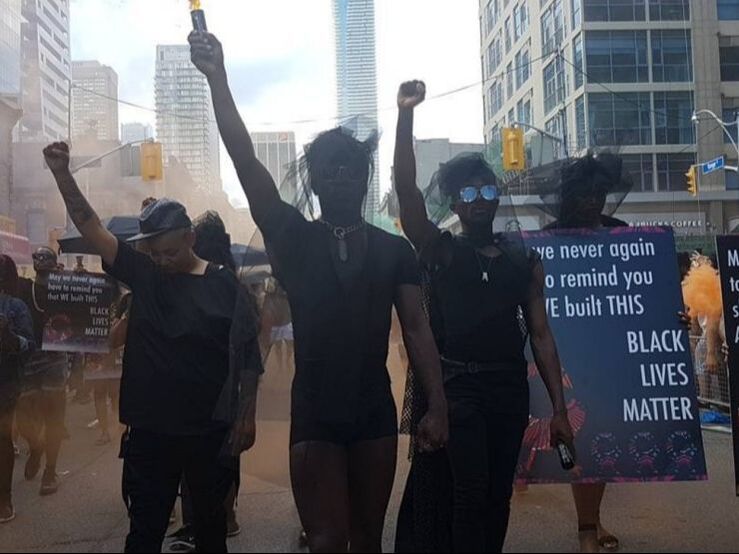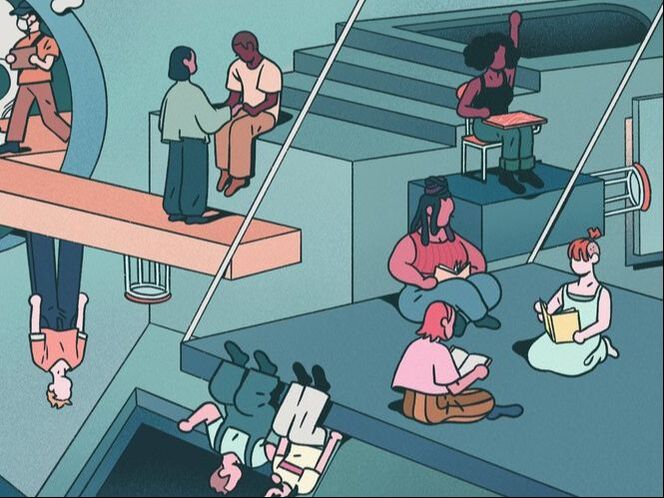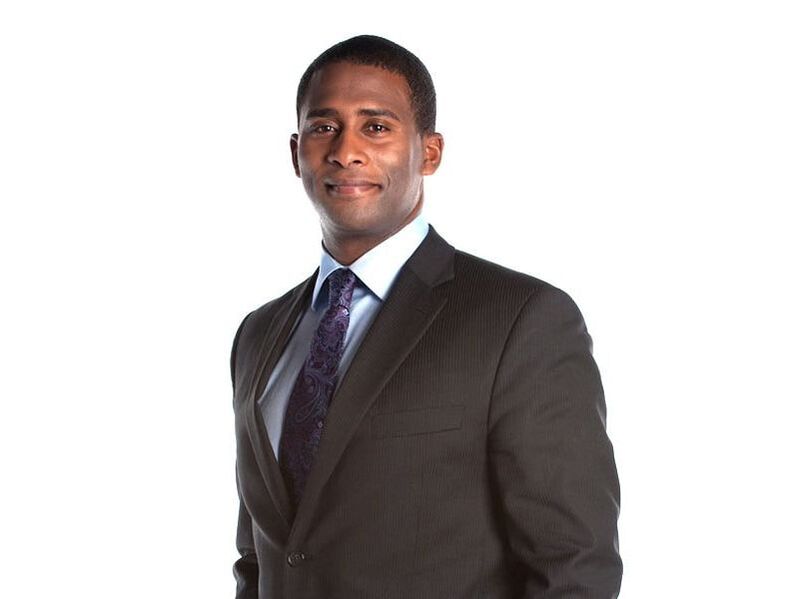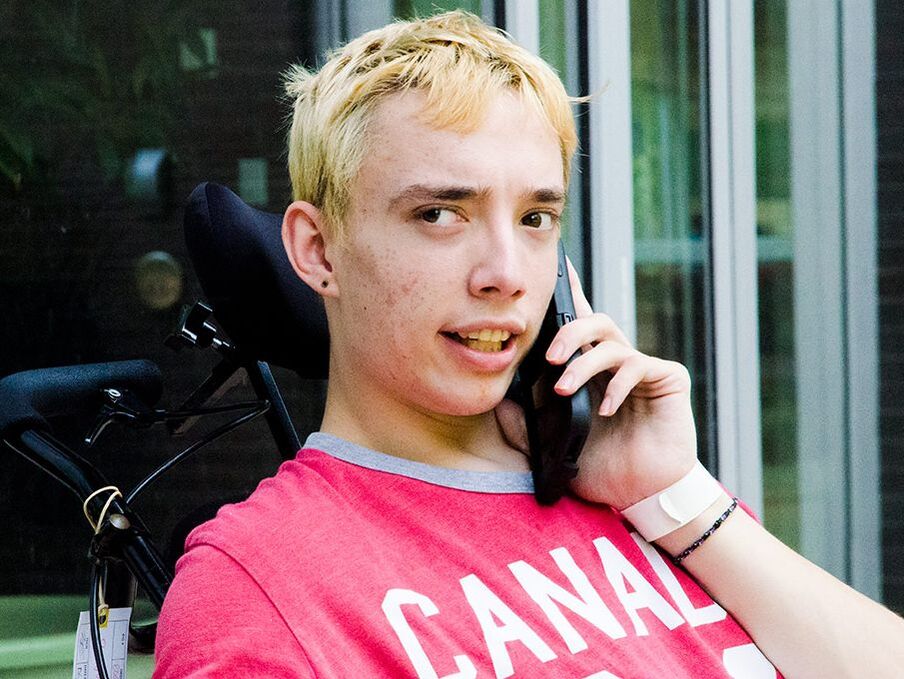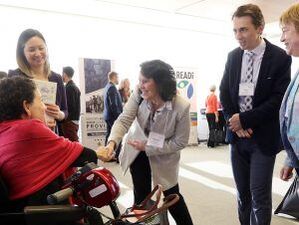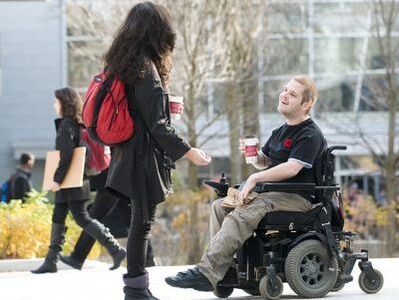- Home
- Technology
- Management
- Health Care
- Earth Sciences
- Particle Physics
- Engineering
- Stories of Turtle Island
- Startup Companies
- The Lost Ships of the Franklin Expedition
- Wildlife
- Archaeology
- Palaeontology
- Architecture, Land Use and Planning
- Politics and International Development
- COVID-19
- University Life
Blackness and anti-racism course tackles systemic racism in CanadaCellphone cameras have helped cast light on the overt acts of racism that happen every day in plain sight, but there are many forms of racism that are more subtle. Racist assumptions have been embedded in to the way our schools, workplaces, and criminal justice system operate.
These institutions took centuries to build; they are a legacy that all Canadians have inherited. To change them, we will need to work together. “When we think about what we have inherited, we can work to dismantle it,” says Kisha McPherson, Click here for full story |
What would an anti-racist city look like?The impetus to address anti-black racism was born in the streets. In the spring of 2020, acts of police violence captured on video catalyzed an anti-racist protest movement that swept the world.
Demonstrators filled the streets, but these incidents of violence were only the most recent examples of police brutality against black bodies. What made them different from the others was not that the incidents were more severe or that they were captured on video. It is that they occurred in a moment in which the wider world was ready to recognize them for what they were. Click here for full story |
CBC's Adrian Harewood explores importance of diversity in media“Understanding race is fundamental to understanding our world,” says Harewood, anchor of CBC News Ottawa and an adjunct professor of journalism at Carleton University
“If you are going to tell the stories of your community, you don’t only need to understand race, you also need to understand class, gender, sexuality and disability. All of these are part of the reality of your community. You need to understand them to provide your audience with sustenance, critical analysis and insight.” Click here for full story |
Promising teen joins campus communityOn any given night, more than a thousand people stay in homeless shelters in York Region, a sprawling set of suburbs north of Toronto. Every one of them has a story, but few can be as tragic – or as hopeful – as Ben Williamson’s.
While living at a youth shelter, he maintained grades in the high 90s, sat on the Premier's Council on Youth Opportunities, and served as a policy advisor to his Member of Provincial Parliament. All the while, Williamson was living with a severe disability that confines him to a wheelchair and limits his ability to write. “I knew if I could get past this point, I would succeed," he says. "And I just kept fighting, because to me, there was no other option. There is no other option.” Click here for full text |
Canadian Accessibility Network connects diverse set of experts“All too often, when someone who lives with a disability joins an organization, it’s a bit of crapshoot as to whether they’re actually going to be able to get into the building and get the equipment they need to do their job,” Philip Rizcallah told a keynote address at the launch of the Canadian Accessibility Network (CAN).
CAN is bringing together experts from diverse disciplines to drive collaboration on accessibility issues. The launch was attended by academics, industry, representatives of government, and accessibility NGOs from across Canada. Rizcallah was one of them. He’s the CEO of the Canadian Accessibility Standards Development Organization and has spent 30 years working on building codes for the federal government. Click here for full text |
Coordinated Accessibility Strategy sets vision for inclusivityMore than a quarter of first-year students at Carleton self-identify as having a disability, and about 11 per cent have registered with the Paul Menton Centre for Students with Disabilities. An additional six per cent of university staff report having some type of disability.
Ensuring that all of our students, staff, and faculty fully participate in Carleton’s life, work, and community means building on a longstanding culture of accessibility and inclusiveness. “Accessibility is one of Carleton’s core values,” says Boris Vukovic, director of the Research, Education, Accessibility and Design (READ) Initiative Initiative, which aims to establish Carleton as a Centre of Excellence in Accessibility. Click here for full text |
